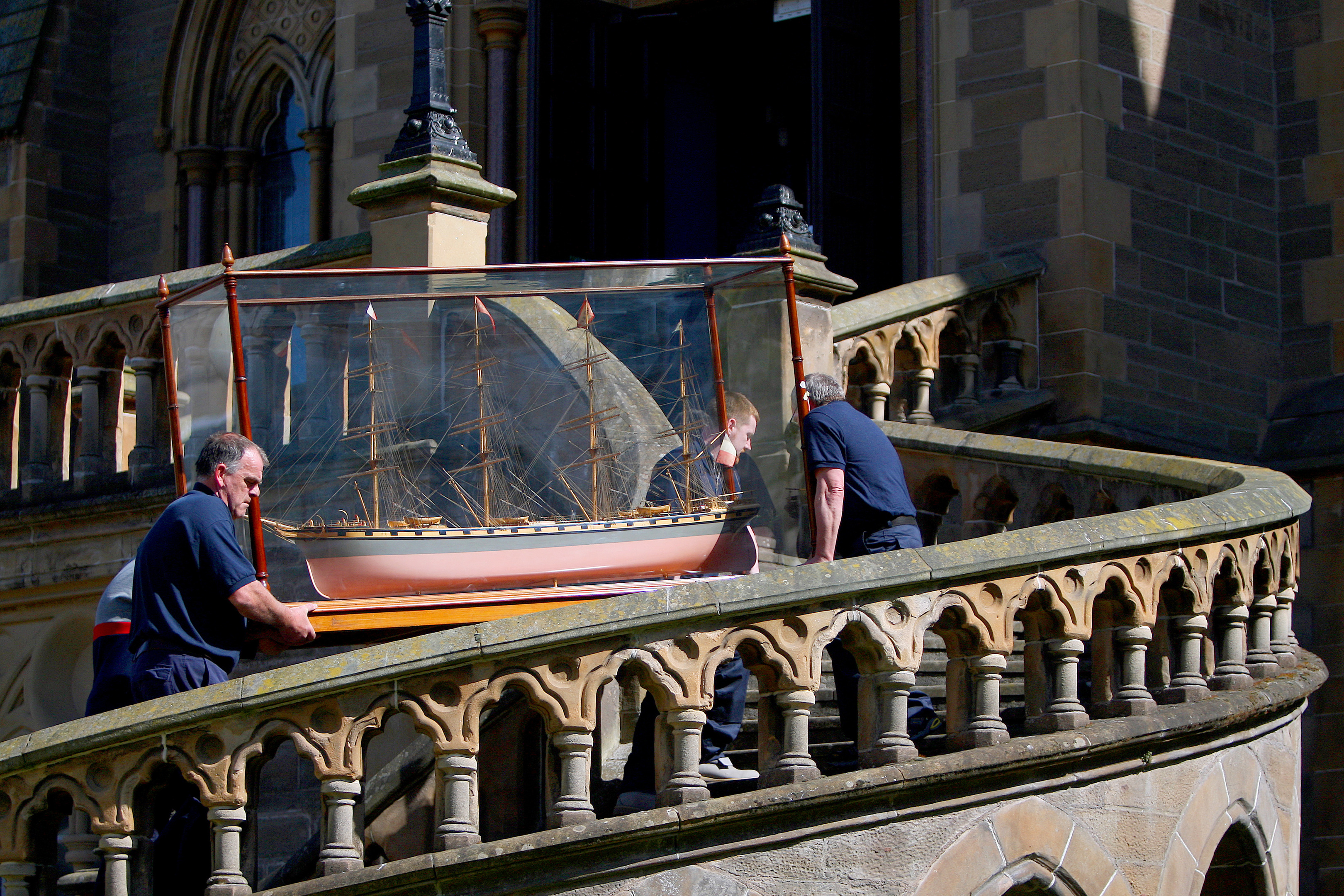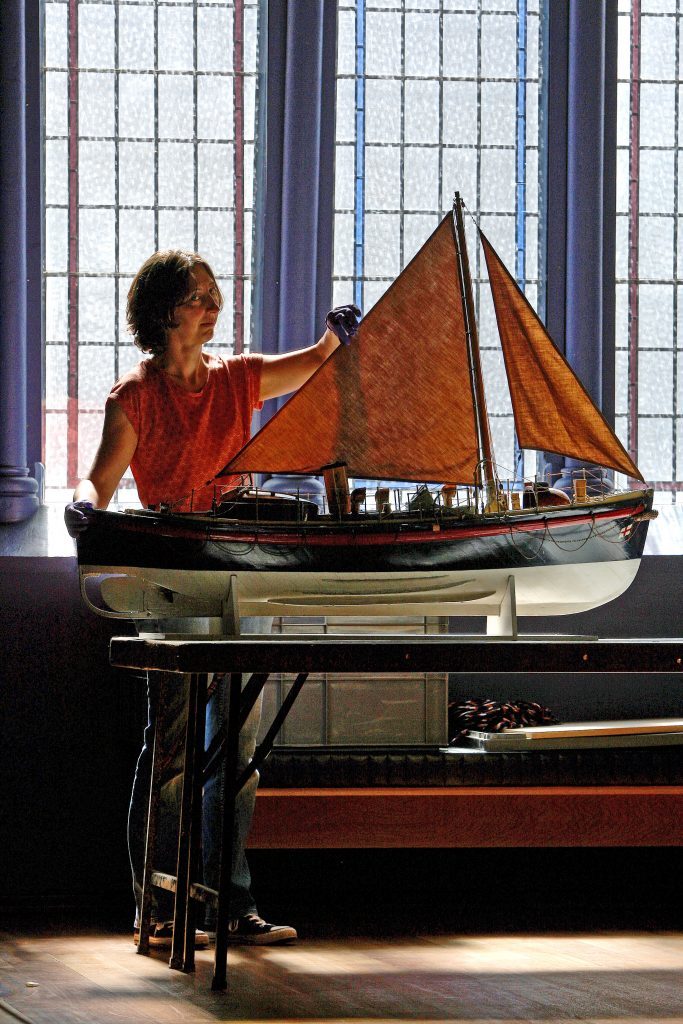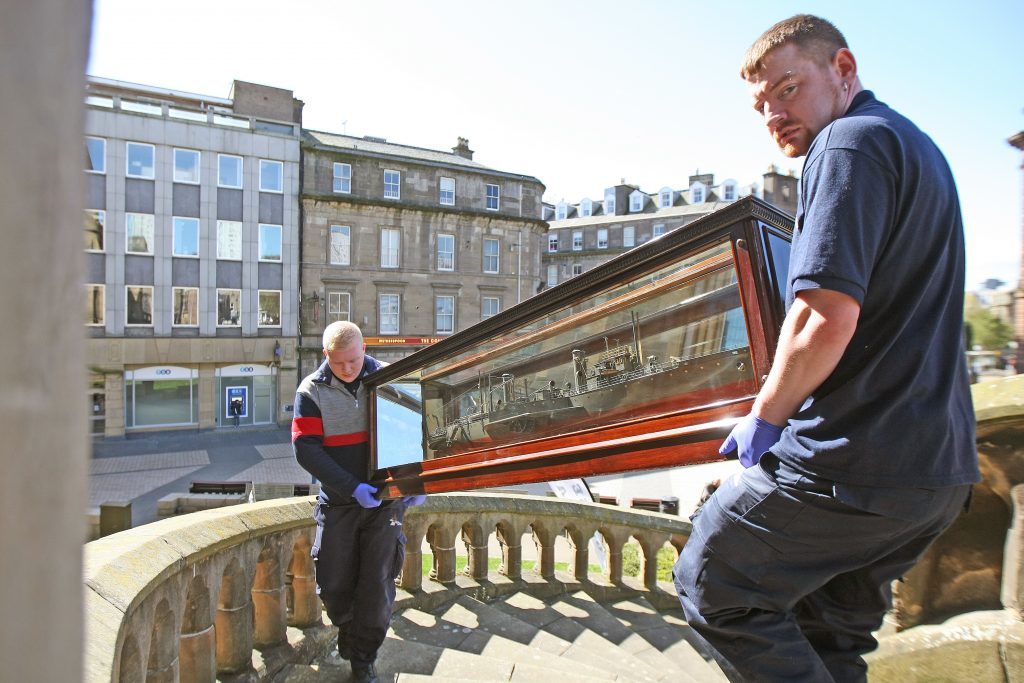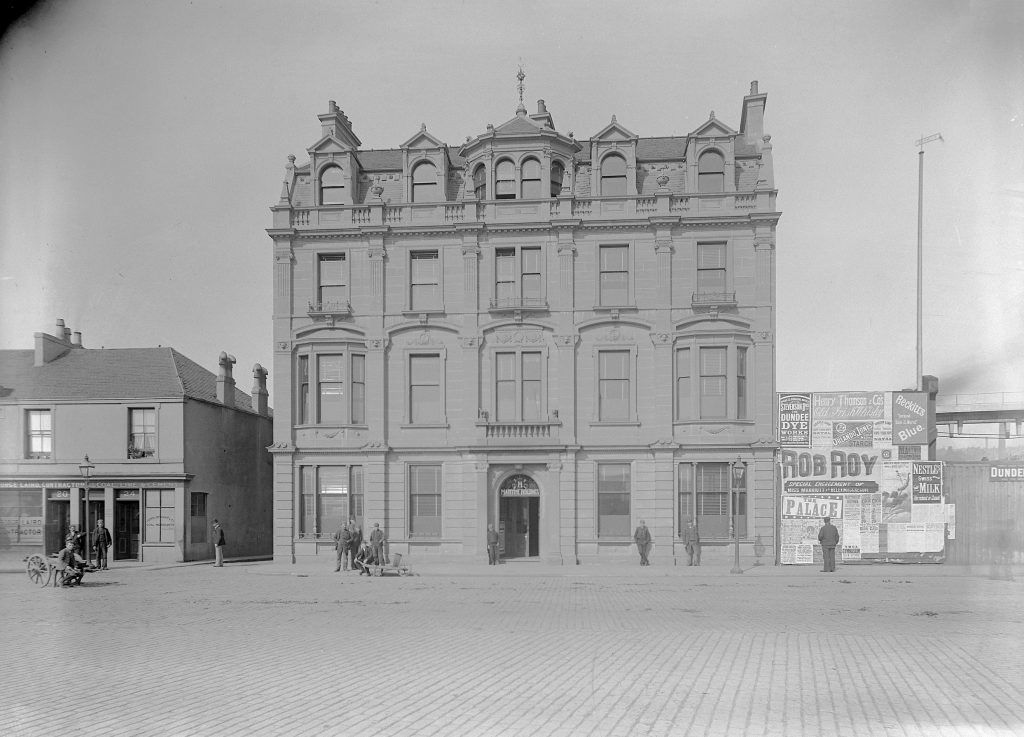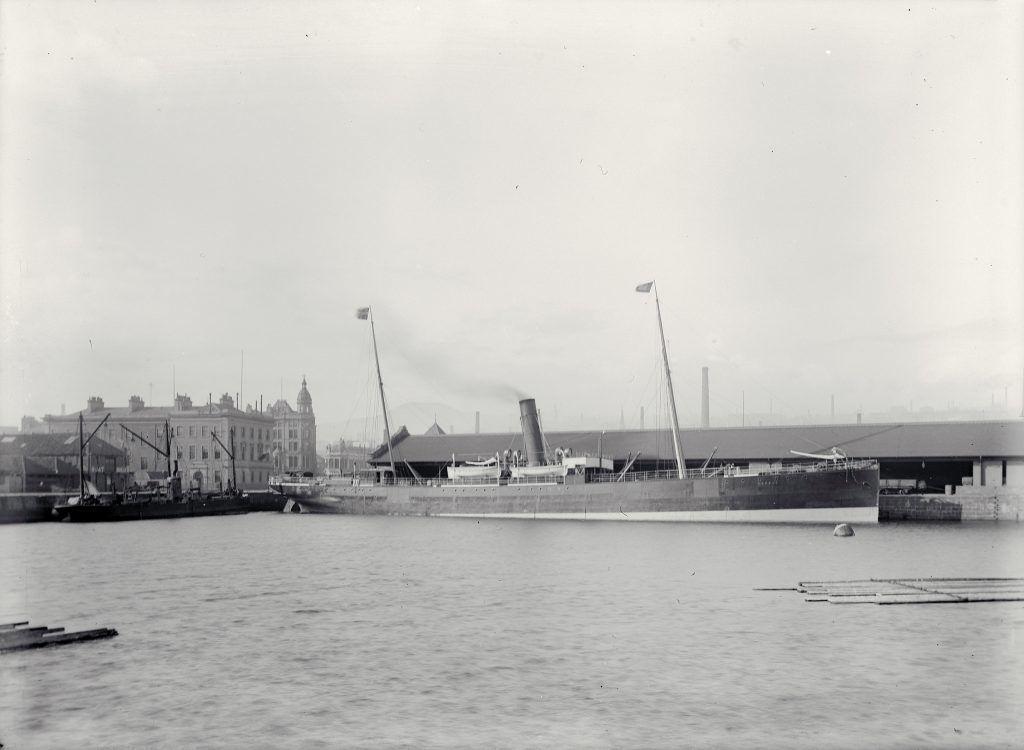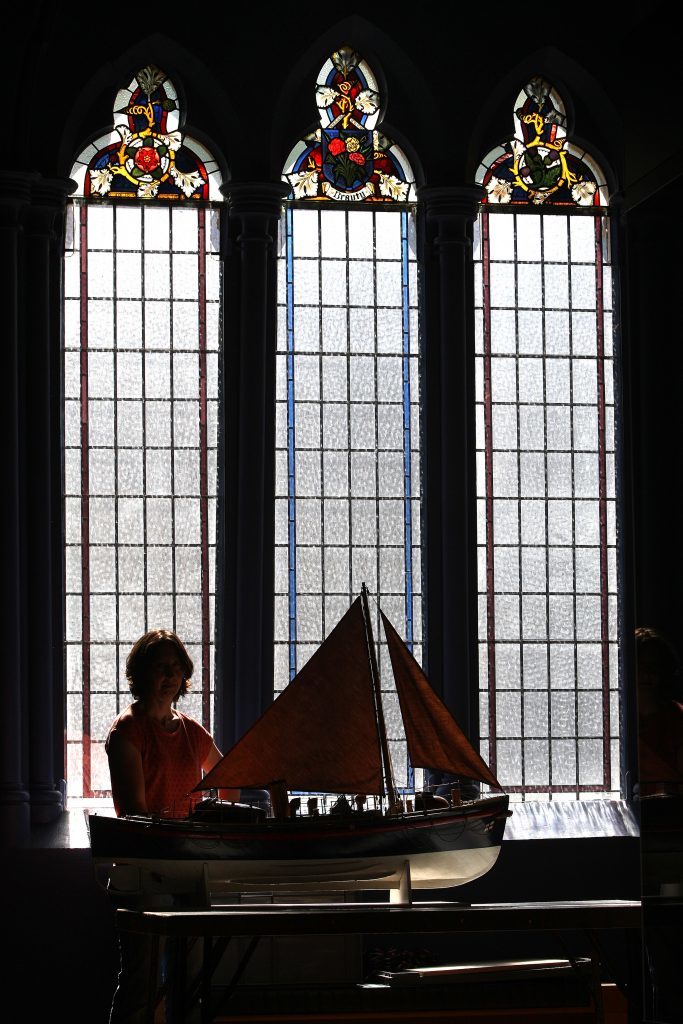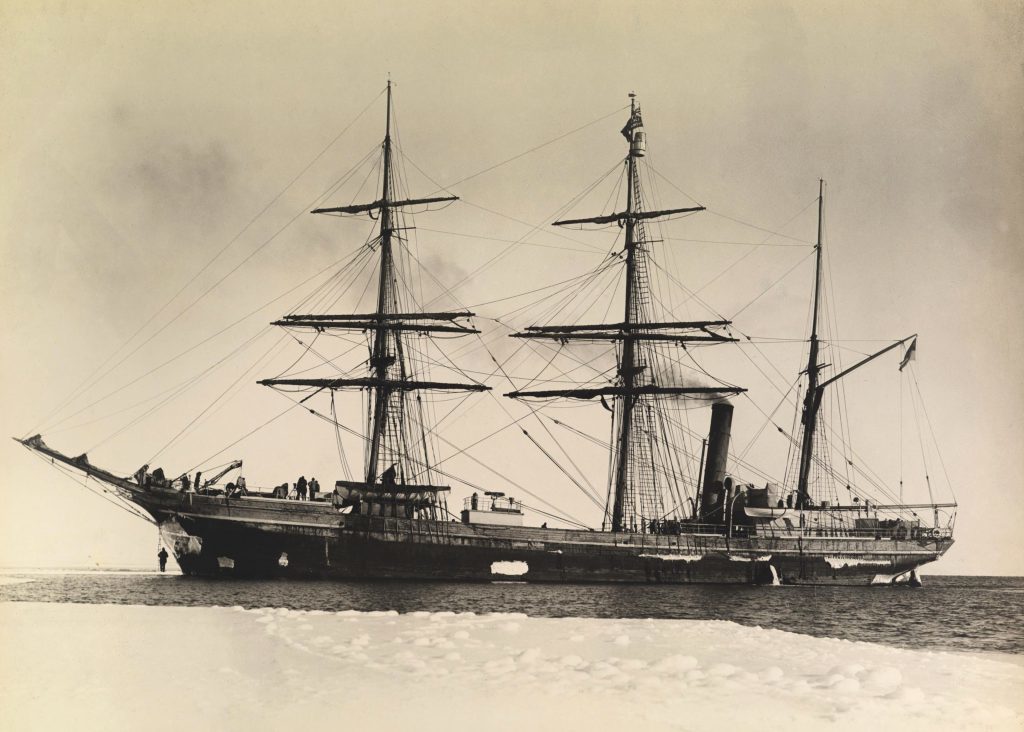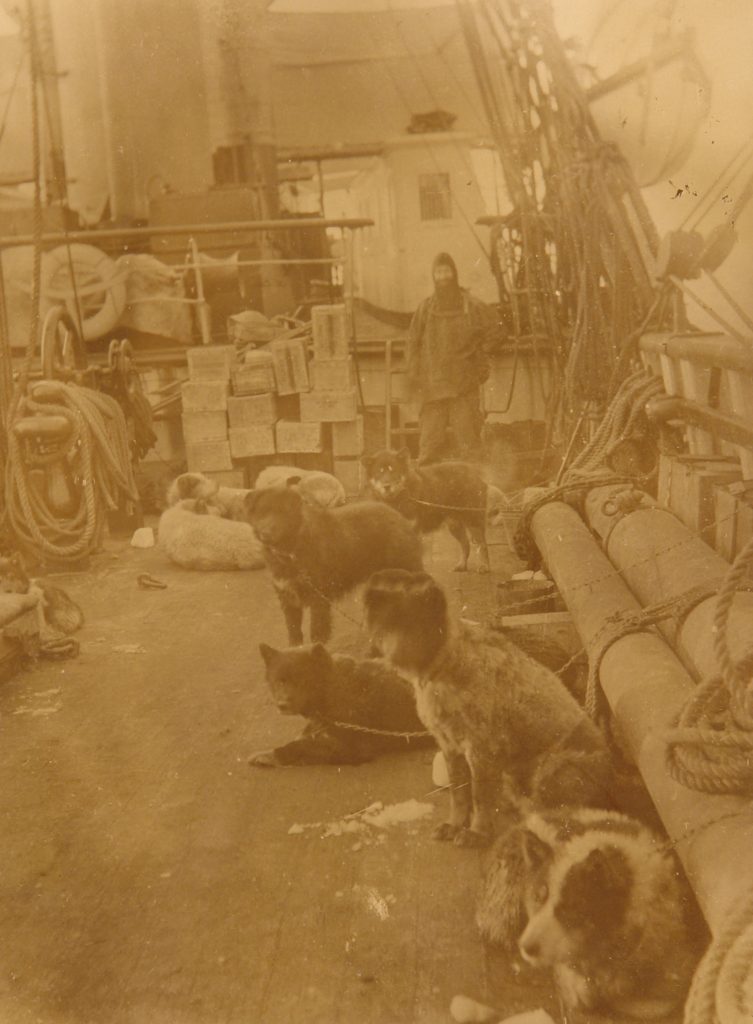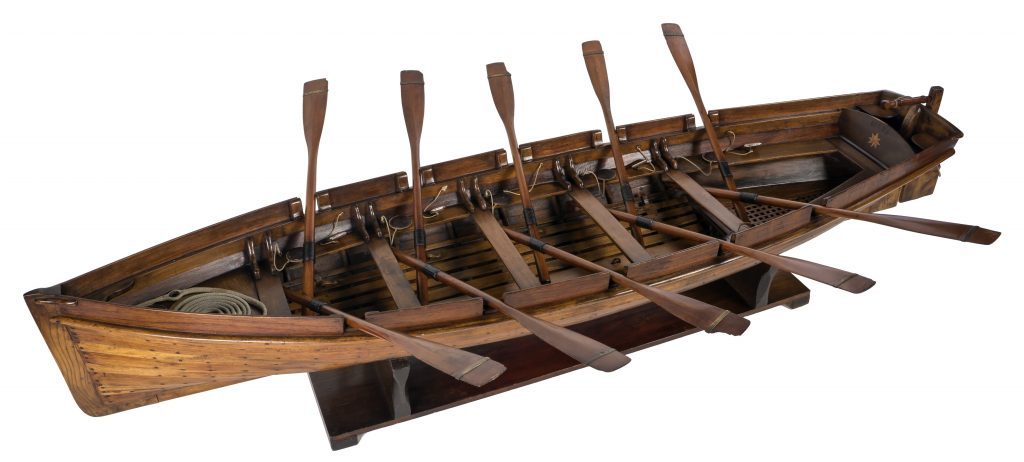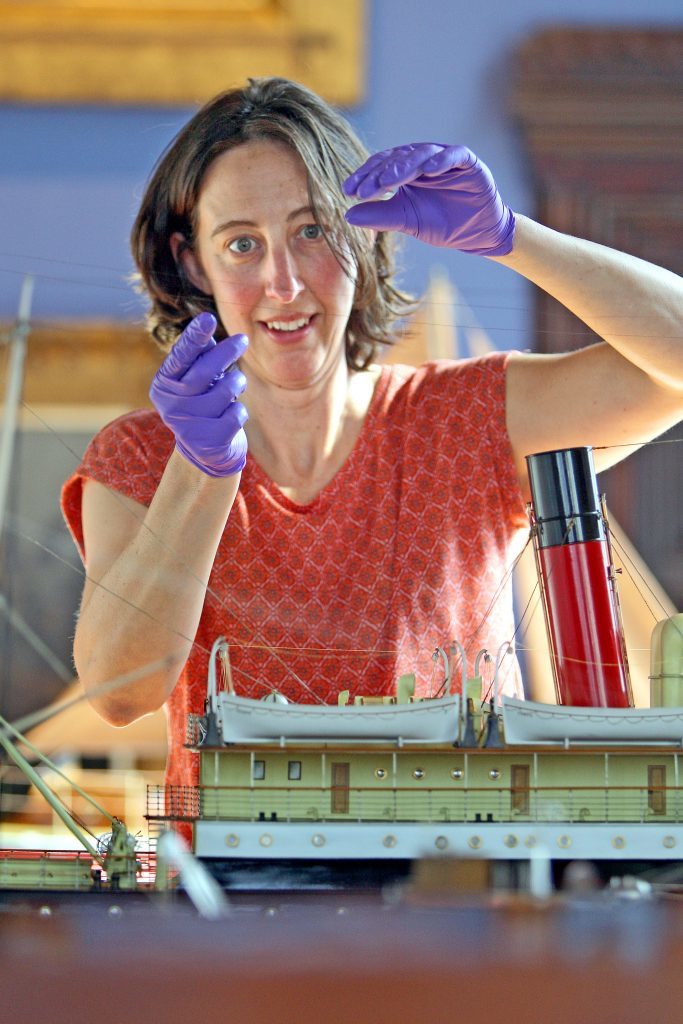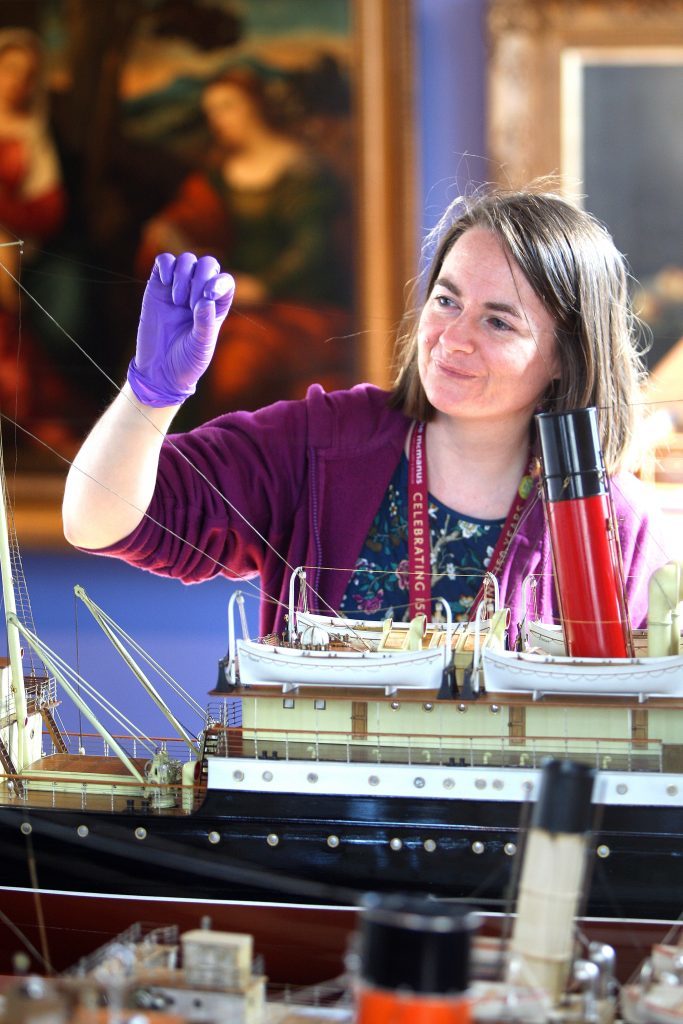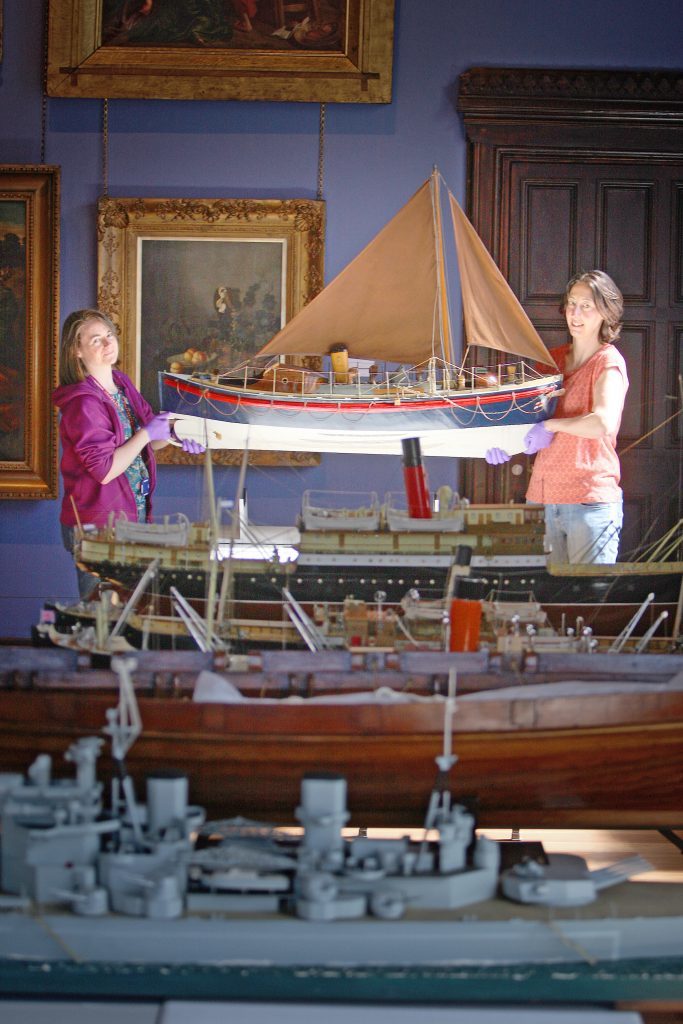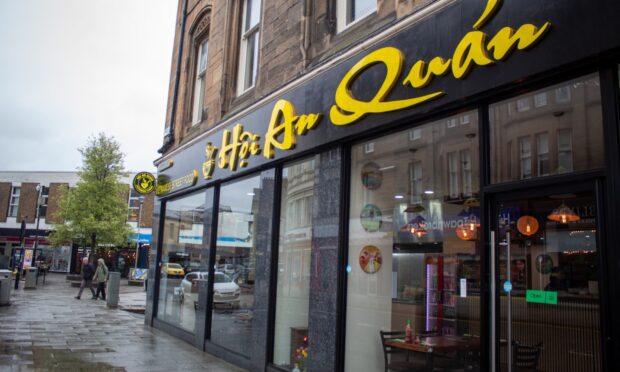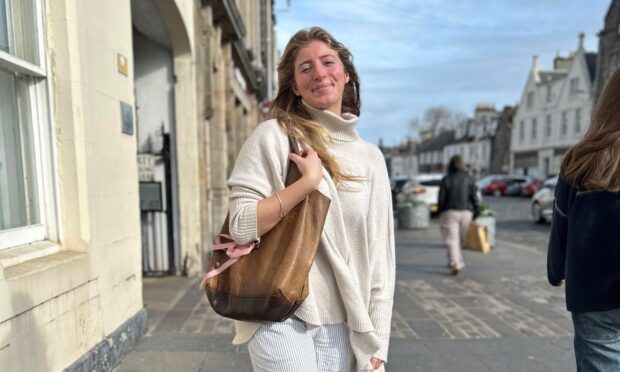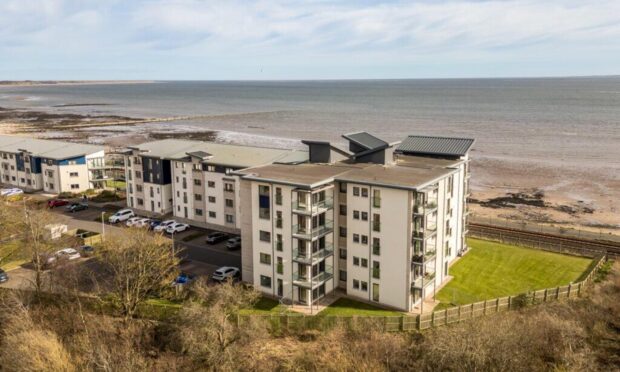January 22 1875. In the dead of night, thick fog envelops the southern Indian Ocean. With a sickening thud, the Strathmore – built in Dundee and on her maiden voyage – runs aground on rocks on the notorious Crozet Islands.
Of the 99 passengers and crew, 44 are drowned while the remainder make it to land. Here they survive on albatross mixed with moss and flavoured with gun powder until they’re picked up by a passing ship.
This is just one of the poignant and remarkable stories brought to life in a new permanent exhibition at The McManus Galleries in Dundee that opens today.
The Maritime Quarter will be a permanent exhibition within the museum’s Dundee and The World gallery, exploring Dundee’s rich shipbuilding and maritime heritage. It sits alongside displays based on three of Dundee’s other important historical “Ms” – Missionary, Merchant and Military.
Forming a key part of the McManus’s 150th birthday celebration, the exhibition’s centre piece is a display case showcasing 32 of the best ship models from the museum’s collection.
The models are all scale replicas of real vessels that have their own story to tell. From the earliest of times, Dundee’s harbour has been of huge importance to the city and its prosperity and from at least the 16th Century, Dundee had its own Maritime Quarter. Situated between the Nethergate and Seagate, it was home to shipmasters as well as different trades that provided for the ships.
The exhibition was inspired by the recent purchase of eight Dundee Perth and London (DP&L) Shipping Company models. DP&L was founded in 1798 and the models, made by a mix of ship builders and amateurs, represent Dundee and her place within the wider world.
Builder’s models were built by the shipyards before or just after the actual ship, commissioned by the ship owners and displayed within the boardroom to showcase the fleet.
“Models were displayed in the builder’s yards offices to demonstrate the skill at the yard and as a record of the ships built,” explains the Mcmanus’ social history curator Julie McCombie. “They were made in house by skilled craftsmen but sadly little is known about these men.”
The shipshape collection includes models from Dundee’s most famous yards including Alexander Stephen, Gourlay Brothers and Caledon. Others were made by keen local amateur model makers and the collection represents various types of vessels including sailing ships, clippers, whalers, pleasure boats and war ships.
As a result they are made from a variety of materials including alabaster and bone and vary massively in size. The smallest, the Verona, measures less than 10 inches and just over a foot long while the biggest, the SS Perseverance, comes in at more than three feet high and over six and a half feet long.
An iron-hulled, four-masted sailing ship built in 1889 by the Dundee shipbuilder, WB Thomson’s Clyde yard, (later known as Caledon), the Perseverance only lasted five years before she went missing off Cape Horn in the winter of 1891.
The exhibition is a powerful reminder that Dundee wasn’t just renowned for jute, jam and journalism – the city’s shipbuilding industry was also a force to be reckoned with.
“Throughout the 19th and early 20th Centuries Dundee shipyards were known for their world-class skills, competing against those on the west coast of Scotland for major contracts,” says Julie.
And as Dundee waterfront’s 21st Century facelift gathers pace, we need to remember that the city’s economic development harks back to Dundee’s 19th Century shoreline.
“The exhibition will tell this story through some of Dundee’s most famous shipbuilders including Caledon and Gourlay Brothers,” Julie continues.
Alongside the ship models, which date from early 19th Century to post-Second World War, there will also be a case of navigational instruments including an octant, a sextant and a chronometer, and a rare designer’s drawing of the interior of part of the SS Dundee (VII).
The building skills inherent in some of the models and ships have been awarded medals and these too are on show. “The SS Perseverance won a bronze medal at the International Exhibition in Paris is 1889 so we are delighted to have that out on display,” smiles Julie.
The Terra Nova, one of the collection’s best amateur models, made by Dundee artist Charles GL Phillips, represents a colourful and poignant history.
One of Dundee’s most famous ships, it was built by Alexander Stephen & Sons originally as a whaler. The vessel relieved Captain Scott in 1904 when his exploration ship Discovery became trapped in the Antarctic ice and seven years later carried him on his last ill-fated expedition to the South Pole.
The model of RNLB Mona may be one of the smaller vessels but tells a tale of momentous tragedy. On December 8 1959, the Broughty Ferry lifeboat was launched to assist the North Carr lightship, which was reported adrift in St Andrews Bay. Weather conditions were exceptionally severe and her last radio message was at 4.48am. As the Mona was struggling to reach the North Carr reef, off the coast of Fife, the lightship’s crew of six were able to drop their spare anchor. They were all rescued alive and well by helicopter the next morning, 24 hours after the first call for help had gone out.
After a helicopter search, the Mona was found capsized on Buddon Sands. Her crew of eight had all drowned.
Another star of the exhibition is the paddle steamer Perth. The full-sized steamer was ordered by DP&L from the famous Clydeside engineer, Robert Napier and completed in 1834. It was one of the most luxurious and fastest steamers on the east coast and its masters at the time took great pleasure in outpacing their Leith and Aberdeen rivals.
And two Tay ferry models will be making their public debut as Julie explains: “We are thrilled to have been loaned two beautiful half-hull models of the Tay ferries Newport and Nairn,” she enthuses.
One of Julie’s personal favourites is a wooden cutter made by the Mars Boys – destitute lads who came to live on the HMS Mars which was docked on the Tay – built with the aid of William Bowman, an ex-Mars boy and instructor.
“It is fantastic to think of these boys making such a beautiful model and learning skills that would have taken them in to adulthood,” she reflects.
Since the models were bought from DP&L in 2015 they have been kept in store, in a humidity and temperature controlled environment. Due to their size and to avoid damage to the fragile rigging, they have been on open display, either in their original cases or unwrapped on shelves.
While the models were already in good condition each one has been assessed and treated by the museum’s conservator Rebecca Jackson-Hunt who found that working on a small scale was tricky. “Ships with lots of rigging can be particularly taxing as it makes getting in and out of the decks areas very difficult,” she says.
Perseverance is one of her favourites because all her flags are intact. “It’s rare that the flags on models survive,” she says. “They are generally made of silk and can deteriorate quite quickly, so the fact that ‘Percy’ has all her flags is fantastic.”
It was all hands on deck last week when the models were moved to the McManus last week. The two-day operation was meticulously planned as it was no easy job to transport the heavy yet fragile treasures.
Staff at the Mcmanus worked with Bishop’s Move Edinburgh to undertake the move, which involved the models being simply covered in a combination of cloth blankets and special wrap called FurniGuard.
The painstaking process successfully comepleted, the permanent exhibition ensures the ships will remain in Dundee to bring the city’s maritime past alive.
“The collection belongs to the city and the people of Dundee,” says Julie. “Many families in Dundee past and present were connected in some way to the shipyards.”
And as surely as the tides turn, this unique exhibition will prompt a torrent of memories: of time working in the yards, trips to the seaside on the ferries, the call of the sea – memories to be shared across the generations.
www.mcmanus.co.uk
